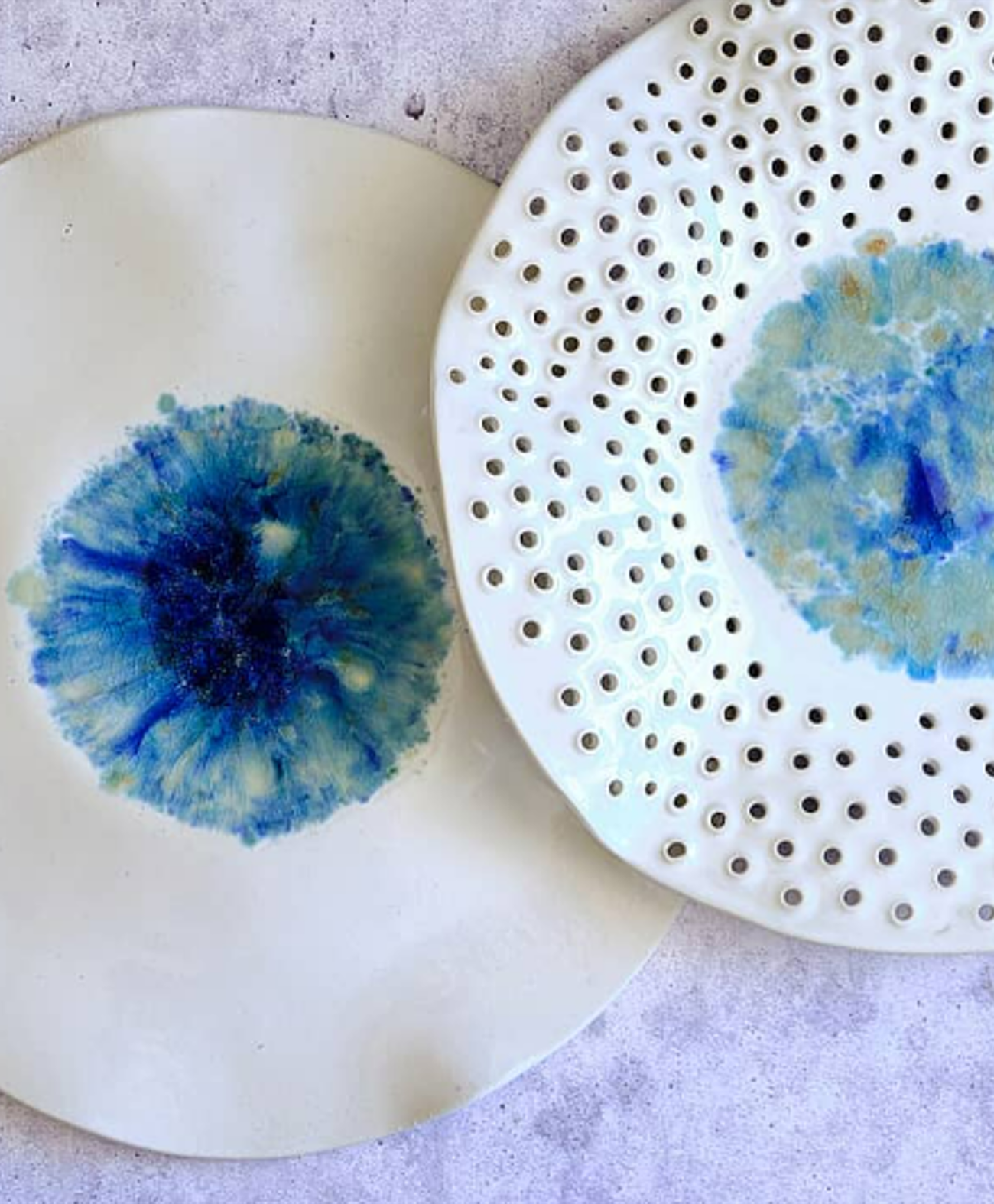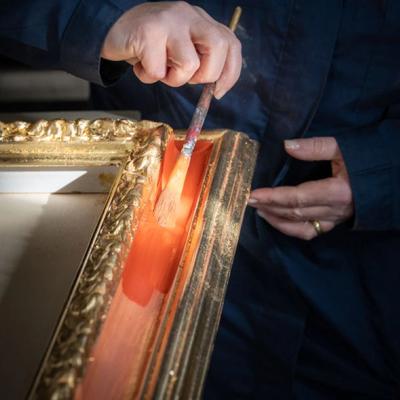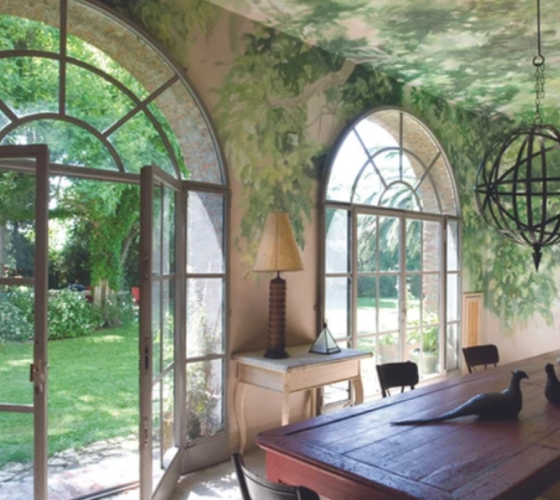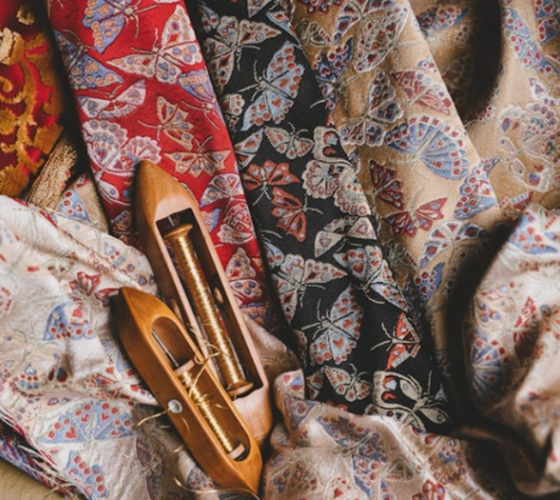
The Gifted Table: Elevating Celebrations Through Handmade Objects
The Table as a Place of Meaning
In every culture, the table is more than a surface—it is a stage for connection, memory, and celebration. It hosts our milestones and everyday rituals alike. And when we choose to elevate that space, we do not simply decorate—it, we articulate a value system. In this context, artisanal objects are not optional embellishments; they are instruments of hospitality, of intention, of presence. In a world saturated by disposable design and performative consumption, a handmade plate or a sculpted bowl is a radical gesture of permanence and care.
Celebrating Through Material Intelligence
The return of handcrafted objects to the contemporary table is not nostalgic—it is a statement. These objects engage not only the eye but the hand, the memory, the emotion. Clay, glaze, weight, and imperfection become language. A guest lifts a bowl and feels its asymmetry. A dish served on a matte-glazed plate reveals colors in a new register. The object ceases to be neutral. It speaks.
In celebratory contexts—weddings, anniversaries, intimate dinners, cultural rituals—this material sensitivity enhances the experience. It reinforces that the moment is not generic, but specific. Not mass-produced, but chosen.
Why Artisanal Tableware Transforms the Experience
1. It Adds Narrative to Function
Every handmade piece tells a story: of who made it, how, and why. Unlike industrial ceramics or branded tableware, artisanal objects carry origin. That story becomes part of the event—especially when shared with guests. A host doesn’t merely serve food—they extend a narrative. “This was made by hand in Italy. This glaze is natural. No two plates are alike.”
2. It Supports the Aesthetics of Togetherness
While design magazines often focus on individual items, celebration is fundamentally a collective experience. Objects crafted by hand reflect that logic. Their imperfections, variations, and warmth mirror the nature of gatherings themselves: layered, human, dynamic. A table set with artisanal objects invites participation; it does not intimidate.
3. It Frames the Gesture, Not Just the Dish
Food is a gesture of care. The way it is presented amplifies its meaning. Serving on an object made with the same attention to material and proportion completes the gesture. Think of a shared serving dish with a curved lip that guides movement, or a shallow bowl whose depth is perfect for passing. These are not only ergonomic decisions; they are ethnographic—they reflect cultures of sharing and rhythm.
Download Our Handbook: Learn how handmade design transforms everyday and extraordinary tables. Download Now
Situational Examples: Objects That Structure Celebration
While we avoid generalizing, we can trace certain object typologies that consistently appear in celebratory contexts:
- The centerpiece bowl: not necessarily filled, but placed as a focal anchor—often sculptural, matte-finished, weighty.
- The bread plate or starter dish: the first point of contact. When handmade, it sets the tone from the first moment.
- Serving trays: often irregular in shape, these define both rhythm and sequence—where food flows, where eyes are drawn.
- Cups and goblets: tactile, vertical forms that engage both mouth and hand. The weight of a handmade cup alters the act of drinking.
These objects are not selected to impress but to resonate. They become part of the choreography of the event.
Beyond the Table: A Medium of Memory
The handmade table object has a life beyond the celebration. It remains. It can be gifted to guests, repurposed in daily life, or kept as a marker of the event. In this way, the object functions not only as serviceware but as memory architecture.
Corporate events, weddings, family reunions—these occasions become more legible and lasting when tied to objects that were chosen with care and origin. Gifting a guest a hand-formed plate after a dinner is not about the object; it is about the transmission of a moment.
Pottery, particularly when created through slow, intentional processes, invites reflection and becomes a vessel of stories. The shape of a handle, the depth of a glaze, the subtle asymmetry of a form—each detail is capable of anchoring memory. These objects act as continuity across generations, linking present celebration to past tradition.
Ethical and Cultural Dimensions
Choosing artisanal tableware also introduces a layer of ethics and cultural positioning:
- Support for local or heritage-based craftsmanship
- Reduced environmental impact through sustainable production methods
- Reconnection to slower, non-industrial economies of meaning
This type of selection is not only aesthetic; it is political and ecological. The handmade object resists homogeneity, waste, and acceleration. It reminds us that what we choose to put on the table matters—not just for how it looks, but for what it stands for.
In choosing such objects, hosts and designers align with a movement that reclaims the domestic and ceremonial space from commercialization. Every table set with intention becomes a quiet manifesto.
Designing the Celebrative Table with Purpose
Interior designers, event planners, and hosts alike should see the table not as a background element, but as a theatrical space—a site of exchange, of invitation, of embodiment. Selecting handmade pieces should be part of the design strategy, not the final flourish.
Consider:
- How will the light hit the glazes at dinner time?
- Are the forms suited for the type of dishes served?
- Do the materials echo the space’s tone—earthy, luminous, textured?
- What gestures do these objects invite or support?
The object does not stand alone. It interacts with space, people, gesture, and sound. Its placement, use, and aura contribute to the ritual intelligence of the event.
When the Object Becomes the Gesture
A table is a place of social choreography. The more intention we place in its elements, the more resonance it holds. In this context, handmade tableware is not a trend—it is a cultural asset. It carries with it the labor of the artisan, the values of slowness, and the potential to transform hospitality into poetry.
To celebrate with artisanal objects is to acknowledge that meaning is not in the scale of the event but in the precision of its choices. In every cup passed, every bowl placed, every plate lifted—there is an echo of care. A celebration made visible.
Let’s Create Something Remarkable Together: For curated tableware and celebration consulting, contact us at hello@italianicity.com.







